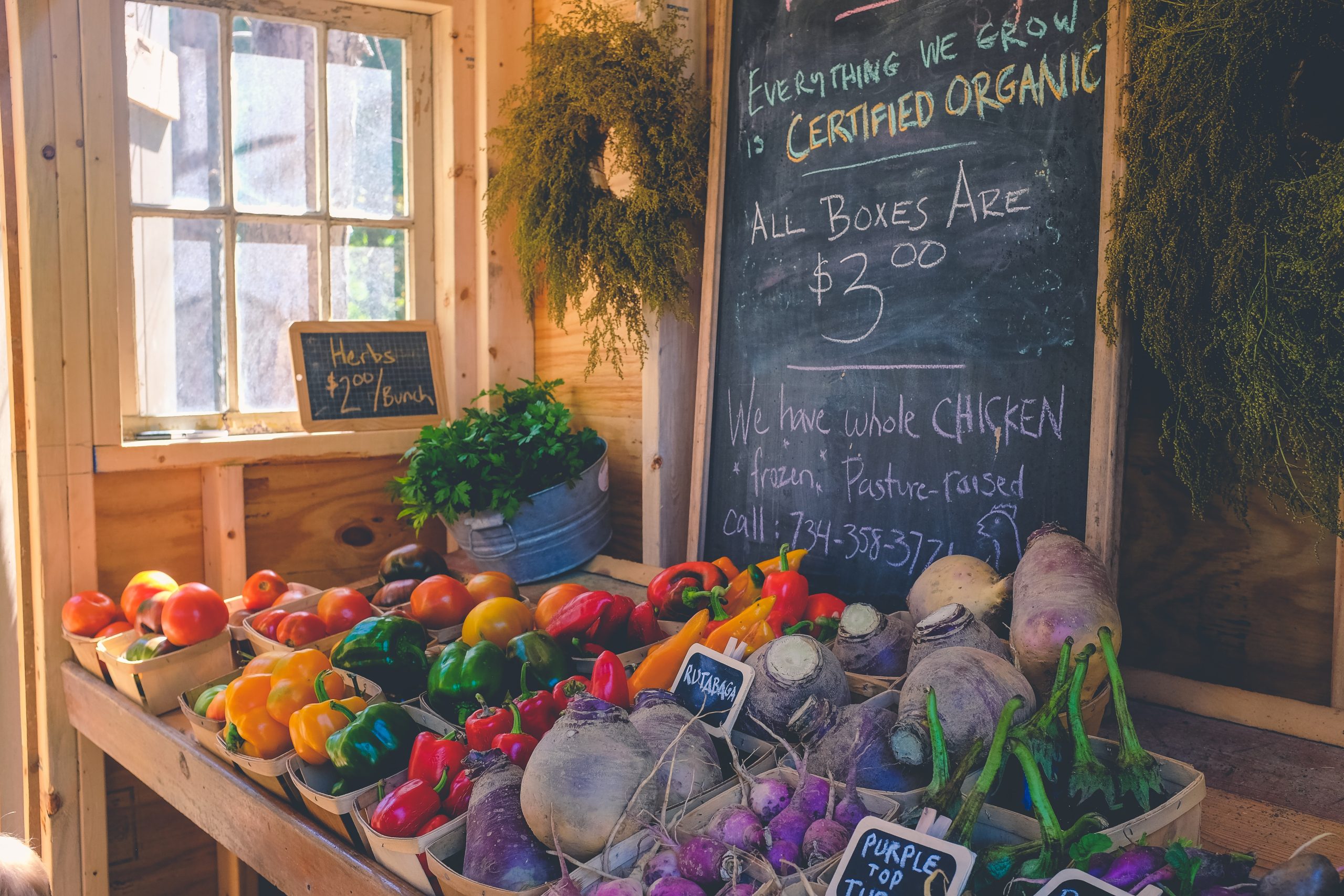As we walk the aisles of our local grocery stores, it’s hard not to notice the rising cost of food. From fresh produce to pantry staples, prices seem to be climbing higher and higher each time we visit. But it’s not just the cost of food that’s on the rise – many other factors are contributing to a larger increase in overall living expenses. In this post, we’ll explore how these increased food prices are affecting consumers and provide some tips on how you can save money on your next grocery trip. So grab a cup of coffee (or tea!) and let’s dig in!
The cost of food is rising
It’s no secret that the cost of food is on the rise. In fact, according to recent data from the Bureau of Labor Statistics, grocery prices have increased by nearly 4% over the past year alone.
There are many factors contributing to this increase in food prices. One major factor is inflation – as the overall cost of living increases, so do prices for goods and services across all industries.
Climate change and extreme weather events also play a role in rising food costs. Droughts, floods, and other natural disasters can devastate crops and lead to lower yields, which drives up prices at grocery stores.
Additionally, transportation costs for getting food from farm to table are also increasing due to rising fuel costs. This means that even if there isn’t a shortage of crops or raw materials, it may still be more expensive to transport those goods than it was in years past.
All these factors combined mean that consumers are seeing significant increases in their grocery bills each week – something that can be especially challenging for families on tight budgets or fixed incomes.
The cost of living is also rising
It’s not just food prices that are on the rise, but also the overall cost of living. Many factors contribute to this increase, such as inflation and changes in government policies.
One major expense for consumers is housing. Rent prices have been steadily increasing in many cities across the country, making it difficult for individuals and families to afford a decent place to live.
Transportation costs have also risen significantly over the years. Gas prices continue to fluctuate, making it pricey for commuters who rely on their cars or public transportation.
Healthcare expenses are another area where people are seeing higher costs. Insurance premiums and deductibles keep going up each year, leaving many without adequate coverage or unable to afford necessary medical services.
Education costs have also skyrocketed, with tuition rates at colleges and universities reaching new heights every year. This leaves students with massive amounts of debt upon graduation.
All of these rising costs can put a strain on consumers’ wallets and make it challenging to save money or plan for long-term financial goals.
How higher food prices are affecting consumers
With the cost of living continuously increasing, consumers are now facing a new challenge – higher food prices. The impact of this is significant as it affects everyone regardless of income or social status.
Higher food prices mean that consumers need to allocate more money towards their groceries, which could cause financial strain for those already struggling to make ends meet. This results in less disposable income and reduced purchasing power for other essential items such as housing and utilities.
Moreover, higher food prices also affect low-income families who rely on government assistance programs like SNAP (Supplemental Nutrition Assistance Program). These families may find themselves unable to afford nutritious foods due to rising costs.
The rise in food prices can also lead to changes in consumer behavior. Consumers may opt for cheaper but less healthy options rather than buying fresh produce or meat. Some may resort to reducing portion sizes or skipping meals altogether.
The impact of higher food prices on consumers is widespread and far-reaching. It is important for individuals and policymakers alike to address this issue by finding ways to reduce the burden while ensuring access to healthy and affordable foods for all.
Some ways to save money on groceries
Grocery shopping can be a major expense for many households, especially when food prices are on the rise. However, there are several ways to save money on groceries without sacrificing quality or nutrition.
One of the best ways to save money is by meal planning. This involves making a list of meals for the week and only buying ingredients that you will need. By doing this, you can avoid buying unnecessary items and reduce food waste.
Another way to save money is by buying in bulk. Many stores offer discounts for purchasing larger quantities of certain products such as rice, pasta or canned goods. Just make sure that these items have a long shelf life and that you have enough storage space at home.
Coupons are also an excellent way to shave off some dollars from your grocery bill. You can find coupons in newspapers or online sites like RetailMeNot or Coupons.com before heading out to shop.
Don’t forget about store loyalty programs either! These typically offer exclusive discounts, rewards points or cashback offers which could practically help lower your overall expenses over time.
Lastly but not least important, always compare prices between different brands if possible as it could potentially add up savings with each purchase!
By implementing some of these tips into your shopping routine, you’ll be able to enjoy delicious meals while keeping more money in your pocket!
Conclusion
The rising cost of food is a challenge that many consumers are facing today. With prices increasing due to various factors such as climate change, transportation costs, and supply chain disruptions, it can be difficult for people to keep up with their grocery bills.
However, there are ways to save money on groceries such as buying in bulk, meal planning and sticking to a list. Additionally, choosing less expensive yet nutritious foods like beans and lentils can also help lower overall costs.
It’s important for individuals and families to be mindful of their spending habits when it comes to food. By being aware of how higher food prices affect their budget and implementing money-saving strategies where possible, consumers can better navigate this challenging landscape while still enjoying the convenience of modern life.










